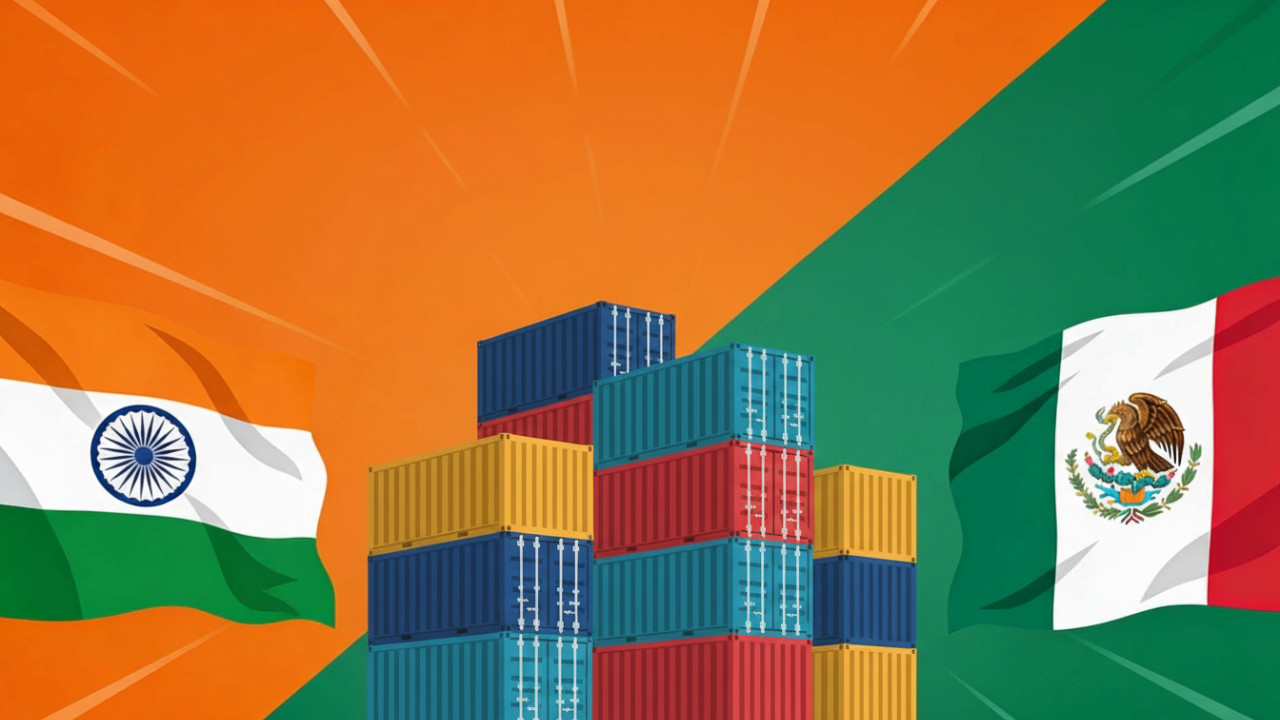S&P Global forecasts oil prices dropping to $55-60 a barrel next year, though removing Russian oil could fundamentally alter market dynamics. Surprisingly, high US tariffs are driving nations towards self-sufficiency, shifting investment decisions beyond cost.
The Global Oil Tap Dance: India’s Balancing Act & The Shifting Sands of Energy Independence
The world’s a stage, and right now, the global oil market is putting on a particularly dramatic performance. Sanctions, supply chain snags, and shifting geopolitical alliances are all contributing to a volatile energy landscape. India, a major player in this drama, is navigating these turbulent waters with a mix of strategic maneuvering and a growing push for energy independence.
We’ve all seen the headlines about potential disruptions to Russian oil supplies. But the real story is less about a simple on/off switch and more about a complex, interconnected web. S&P Global recently weighed in, suggesting that a complete removal of Russian oil from the market would send price dynamics into a tailspin. Imagine the domino effect – prices spiking, economies reeling, and the scramble for alternative sources intensifying. It’s not a prediction of doom, but a stark reminder of the delicate balance we’re all trying to maintain.
But what does this mean for India? Well, India, like many other nations, relies on imported oil to fuel its booming economy. Any significant disruption to global supply chains hits hard. However, India isn’t just passively reacting to these external pressures. A fascinating undercurrent is emerging: a renewed focus on achieving greater energy independence.
Trump-Era Tariffs: An Unexpected Catalyst for Indian Economic Independence?
It might sound surprising, but the trade policies of the previous US administration – specifically, tariffs imposed by former President Trump – have inadvertently played a role in accelerating India’s drive towards economic independence. These tariffs forced India to diversify its trade relationships and explore alternative sourcing options, making it more resilient to geopolitical shocks.

This push for self-reliance isn’t just about navigating choppy waters. It’s about long-term strategic positioning. India is actively investing in renewable energy sources, exploring domestic oil and gas reserves, and forging partnerships with countries beyond the traditional oil-producing giants. It’s about building a future where its economy isn’t as vulnerable to the whims of global oil prices or the political agendas of other nations.
Think about it: a country less dependent on external energy sources has more control over its economic destiny. It can negotiate trade deals from a position of strength, invest in its own infrastructure, and focus on sustainable growth. It’s a powerful narrative, and one that’s gaining momentum in India.
Navigating the Price Volatility of Oil
Of course, the path to energy independence isn’t a straight line. India still faces the immediate challenge of managing fluctuating oil prices. The country’s policymakers are walking a tightrope, trying to balance the needs of consumers and businesses with the long-term goal of self-sufficiency. This involves a combination of strategic oil purchases, diversification of energy sources, and targeted subsidies.
The situation also highlights the importance of investing in energy efficiency. Reducing consumption through better technologies and smarter policies is a crucial piece of the puzzle. By using less energy, India can lessen its reliance on imports and insulate itself from price shocks.
The global oil market remains a complex beast, influenced by factors ranging from geopolitical tensions to technological advancements. India’s response – a blend of strategic maneuvering and a commitment to energy independence – provides a compelling case study in how nations can navigate these challenges and build a more resilient economic future. The steps India is taking towards self-sufficiency are also in line with global sustainability goals. Exploring these links between energy independence and broader environmental targets is key to a truly robust and future-proof economic strategy. You can read more about India’s sustainability initiatives here.
In conclusion, the current volatility in the oil market, exacerbated by geopolitical factors and supply chain vulnerabilities, is pushing India toward greater energy independence. The nation’s focus on diversifying its energy sources, investing in renewables, and promoting energy efficiency represents a strategic shift with far-reaching implications for its economic future and its role on the global stage. The dance continues, but India is determined to lead.







